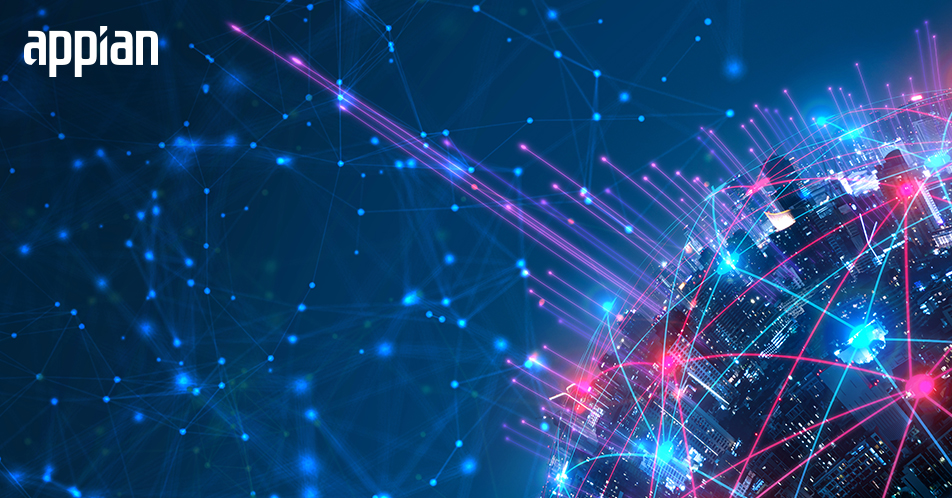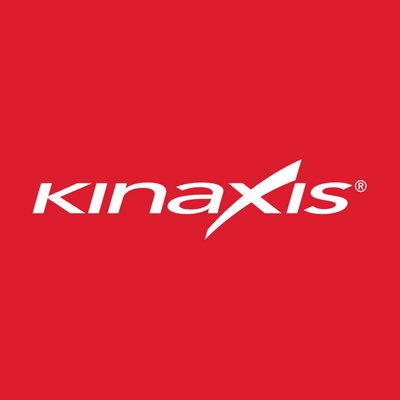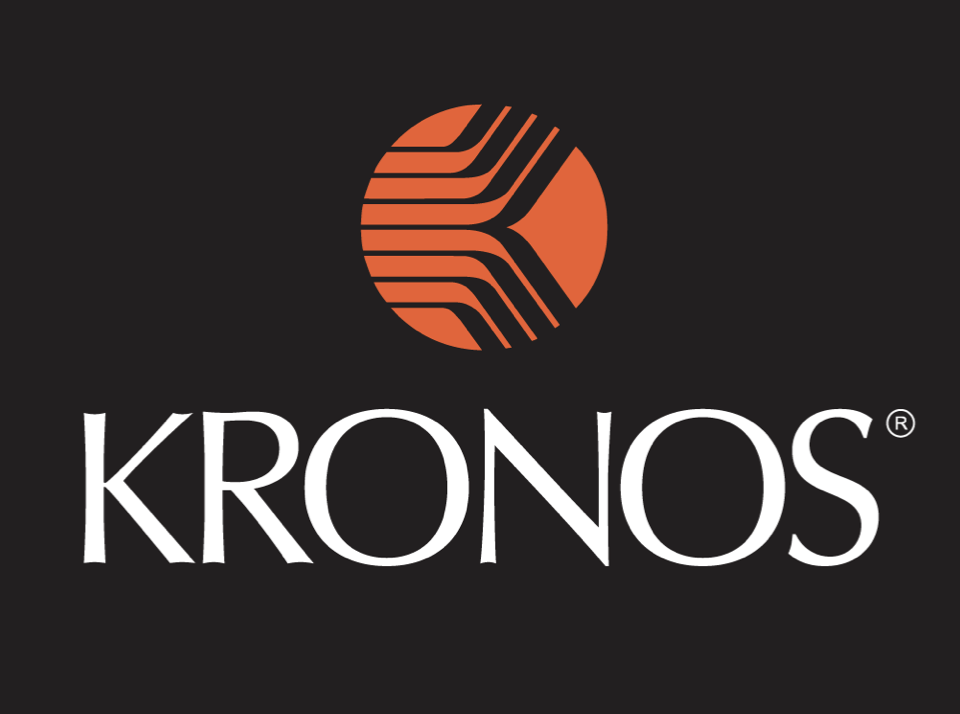Description
Introduction
Appian Integration: Connecting Systems and Data focuses on empowering developers to integrate Appian applications with a wide range of external systems, databases, and services. Integration is a key element of building modern business applications, enabling seamless data flow between different platforms and ensuring that organizations can work with up-to-date, accurate information across their systems. This course will guide developers through various integration techniques using Appian’s built-in tools, web services, and APIs to create connected applications that can exchange data in real-time and automate business processes across systems.
Prerequisites of Appian Integration
- Basic understanding of Appian’s low-code development platform
- Familiarity with API concepts and web services
- Basic knowledge of data structures, databases, and cloud technologies
- Familiarity with Appian’s core objects like Records, Process Models, and Expressions
Table of Contents
- Introduction
1.1 What is Integration in Appian?
1.2 Types of Integration: Inbound vs Outbound
1.3 Key Integration Concepts and Terminology(Ref: Appian Case Management: Building Intelligent Business Solutions)
1.4 Benefits of Integrating Systems with Appian - Getting Started with Integration in Appian
2.1 Overview of its Tools
2.2 Understanding Web APIs and its Designer
2.3 RESTful APIs
2.4 How Appian Handles Data Synchronization - Connecting External Systems Using Appian Connectors
3.1 Using Appian’s Pre-built Connectors
3.2 Connecting to Databases (SQL, NoSQL, Cloud)
3.3 Integrating with Enterprise Resource Planning (ERP) Systems
3.4 Connecting with Customer Relationship Management (CRM) Systems
3.5 Using Appian’s Integration Designer to Create Custom Connectors - API
4.1 Working with REST APIs in Appian
4.2 Making HTTP Requests from Appian
4.3 Handling JSON Responses in Appian
4.4 Error Handling and Logging in API Integrations
4.5 Securing API Connections in Appian - Appian and Web Services
5.1 Introduction to SOAP Web Services
5.2 Creating and Consuming SOAP Web Services in Appian
5.3 Configuring Web Service Authentication and Security
5.4 Integrating with External SOAP Services
5.5 Troubleshooting Web Service Integration Issues - Real-Time Data Integration
6.1 Event-Driven Architecture in Appian
6.2 Using Appian’s Event Subscriptions and Webhooks
6.3 Real-Time Data Synchronization Between Systems
6.4 Configuring Appian’s Push Notifications for Data Updates
6.5 Handling Real-Time Data in Appian Applications - Connecting Appian to Cloud-Based Services
7.1 Integrating with Cloud Databases (e.g., AWS, Azure, Google Cloud)
7.2 Connecting to Cloud-based CRM and ERP Systems
7.3 Cloud Storage Integration: Google Drive, Dropbox, etc.
7.4 Using Cloud APIs with Appian
7.5 Managing Security and Access in Cloud Integrations - Handling Data in Appian: Integration with External Data Sources
8.1 Mapping External Data to Appian Records
8.2 Data Transformations in Appian
8.3 Implementing Advanced Data Queries in Appian
8.4 Appian’s Data Synchronization Capabilities
8.5 Optimizing Data Integration for Performance - Authentication and Security
9.1 Authentication Models for External Systems
9.2 Using OAuth 2.0 for Secure API Access
9.3 Configuring Single Sign-On (SSO) with Appian
9.4 Securing Web Service Connections with SSL/TLS
9.5 Handling User Permissions and Data Security - Best Practices
10.1 Designing Scalable and Maintainable Integrations
10.2 Managing Errors and Exceptions in Integrations
10.3 Optimizing API Calls and Reducing Latency
10.4 Versioning and Updating API Integrations
10.5 Case Studies: Successful this in Enterprises - Testing and Monitoring
11.1 Unit Testing
11.2 End-to-End Integration Testing Strategies
11.3 Monitoring API Calls and Web Service Interactions(Ref: Amazon Web Service (AWS) Solution Architect Training)
11.4 Using Appian Logs for Troubleshooting
11.5 Ensuring Integration Reliability and Performance - Capstone Project: Building an Integrated Appian Application
12.1 Project Overview and Requirements
12.2 Designing Integration Flows and Data Structures
12.3 Integrating External Systems and APIs
12.4 Deploying and Monitoring the Integrated Application
12.5 Project Presentation and Review
Conclusion
By the end of course, you will have a deep understanding of how to leverage its capabilities to connect your applications with external systems and data sources. You will gain hands-on experience with REST APIs, SOAP services, cloud-based integrations, and real-time data synchronization. This course will enable you to build robust, connected enterprise applications, automate workflows, and ensure seamless data exchange across systems while maintaining high standards for security and performance.







Reviews
There are no reviews yet.